EPtalk by Dr. Jayne 4/5/18
I appreciated this article shared on Twitter earlier this week by Farzad Mostashari. He noted, “This particularly resonates – much of the physician anger and burnout is due to cognitive dissonance between how to make a living & doing what they know would be better for patients.” Although the article deals with the larger issue of fee-for-service vs. fee-for value, many of us deal with the micro versions of this on a daily basis. It’s more than just being caught between two payment models. We deal with countless requests for medications and tests that are of questionable value, but are caught between ordering the requested therapy and risking poor patient satisfaction scores that might impact our livelihood, or potentially risking outright patient anger.
In my current clinical situation, I don’t receive any financial boost from ordering more tests, but there is a perceived reduction in medical liability when more tests are ordered. This is common in emergency medicine and urgent care, as we are less able to rely on our knowledge of the patient and their history as we evaluate a problem. There is a pressure to practice defensive medicine that is independent of the compensation issues (although one could argue to that a lawsuit would be financially devastating, so there is indeed a financial reason to practice defensive medicine.)
I would love to be able to sit and explain to patients what they need to do to be well, or avoid injuries, or why they don’t need a medication or a CT or any other testing. However, since coding needs to be accurate and undercoding is as inappropriate as overcoding (at least according to the compliance audits I’ve had at my last three employers), that would mean that I should bill the time spent under the appropriate “counseling and coordination of care” code — which would likely be perceived as padding my bill — vs. billing a less-costly visit for a “treat ‘em and street ‘em” approach.
In this situation, how do you quantify the value of a physician sitting with you and counseling you? The reality is that this service isn’t valued in our current healthcare paradigm. Such interpersonal interactions are now to be delegated to ancillary providers in a team-based approach to care. However, the physicians are now financially liable for the results and outcomes of those patient interactions along with other treatment strategies.
This puts a tremendous amount of pressure on clinicians, regardless of where they fall on the care team. Being liable for the behavior of others is something that most of us are only willing to assume through the bonds of marriage or parenthood. In my community, this assumption of responsibility is one of the prime reasons that clinicians are resistant to value-based care. The article notes that, “many physician organizations have concentrated their energies on maintenance of the fee-for-service status quo, rather than providing a unified professional focus on improving health and creating value.” Although I don’t doubt that this is a real phenomenon, I’m not seeing it in the primary care organizations I’m working with.
I wholeheartedly agree that if you’re ordering more tests or drugs or whatever because it increases your reimbursement and not because it’s the right thing for the patient, you’re doing it wrong. But in real life, there is a fine line involved in figuring out what the right thing is for the patient. What do you do with the 88-year-old diabetic who might live another 10 years? How aggressively should you treat their diabetes? Do they need multiple medications or should they be allowed to relax their diet in their remaining years? Can their medications be reduced to save money in a fixed-income situation? There’s not a lot of data out there for patients in this age group, so how do you apply the evidence?
It’s not easy to point at a given clinician and discern their motives for a particular course of care with a particular patient. Perhaps in this situation, the patient’s spouse is significantly ill, the relatively healthy patient is the primary caregiver, and being aggressive makes sense because there are actually two patients in the picture. Or perhaps this patient has other issues, such as dementia, that might impact treatment and might make a relative “undertreatment” the better option. Unfortunately, our current understanding of data sometimes lumps these patients in the same category. Are you undertreating because it’s the right thing to do for the patient, or because spending less will give you a bigger bonus? Are you overtreating because the patient is demanding it, or because getting lower hemoglobin A1c scores gives you a bigger bonus? These are the forces that are shaping physician-patient interactions across the country and also shaping the data requests and dashboards that they’re requesting from the IT side of the house.
In addition to evolving physician sentiments about value-based care, we need a wholesale cultural program to educate patients and families about the cost of care and what they can do for themselves at low cost and with high return. It’s not as simple as enrolling patients in high-deductible health plans and expecting them to be able to sort it out. We expect patients to be educated consumers, but we don’t provide the level of education needed to really change behaviors. Patient advocacy organizations and patient engagement movements help, but there is just such a tremendous need.
Our state recently voted to require CPR training prior to high school graduation. Additionally, I’d love to see the state-required health classes include material similar to what is taught in the state-required personal finance class. Let’s talk about the future value of money vs. the future value of health in the context of preventive medicine. We teach students how to write a check – let’s teach them how to read an Explanation of Benefits document. Let’s teach them what a deductible is and how in-network and out-of-network works before they wind up with unanticipated medical bills that set them up for medically-related bankruptcy.
If we’re going to ask physicians to completely reject fee-for-service medicine as the article suggests, then let’s make sure we’re setting the system up for success. Not just with their patients, but with the value-based care scoring system. I recently worked with a practice that is coping with state and payer requirements that are just different enough from the MIPS-related clinical quality measures that they can’t use their certified EHR for reporting. They’re having to pay a not-insignificant amount of money to have custom reports created, as is every other practice that plans to participate in these programs.
What waste. Wasn’t the Meaningful Measures initiative supposed to help with this? After watching what this practice is going through, and knowing there are many other organizations in the same boat, I’d like to see rulemaking to halt the promulgation of any more programs like this until they’re brought into alignment with a single set of standards. That might actually get the naysayers on board as we work towards one set of common goals rather than multiple paradigms.
This is an exciting time to be in healthcare IT because we have the power to engineer solutions to help solve some of these problems. If you’re in industry, you have the potential to streamline workflows and put data at the point of care so all of the clicking becomes meaningful, but it might take some money that would make shareholders say “hmmm.” If you’re on the operations or health system side, you have the power to financially incentivize your providers to embrace value-based care, but it’s going to take boldness and bravery. If you’re a provider, you have the knowledge to research the evidence and determine whether you’re in the new game or not. And if you’re a patient, you have the opportunity to vote with your feet and your pocketbook if you want to embrace value.
It will be interesting to see what the next few years hold. There will be ups and downs. but if nothing else, it’s guaranteed not to be boring.
What do you think about payment and delivery model changes? Is your technology keeping up? Leave a comment or email me.

Email Dr. Jayne.

































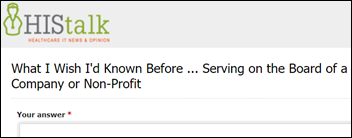



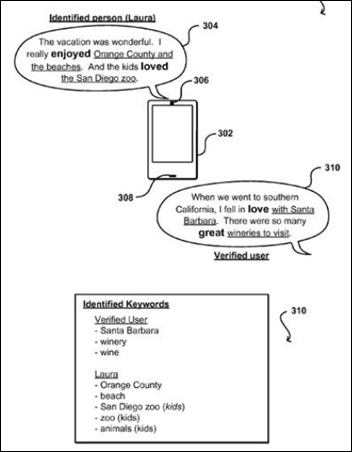









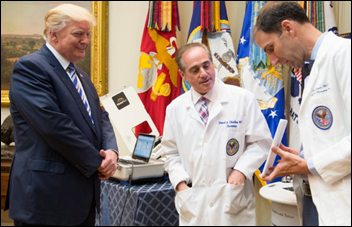
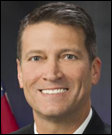


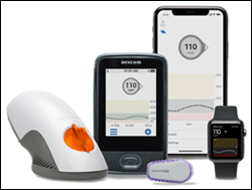
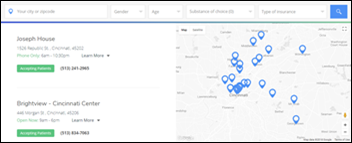





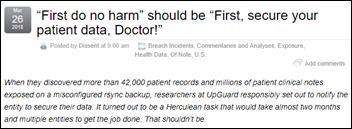
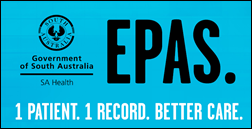
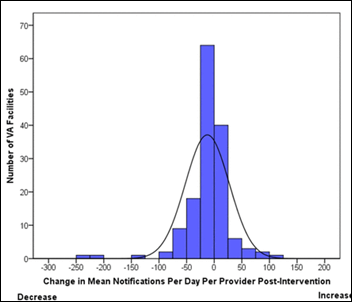

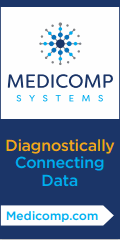



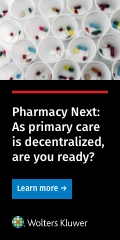
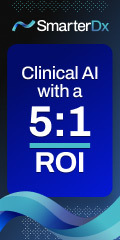


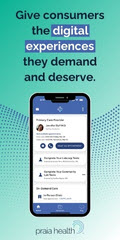



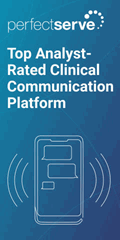



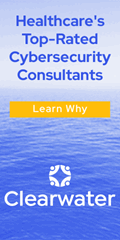





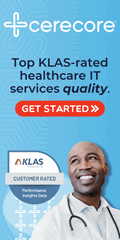



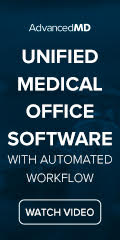

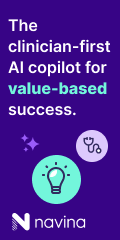


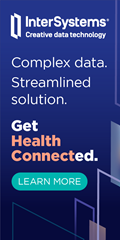
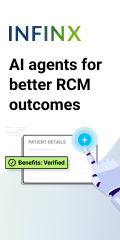

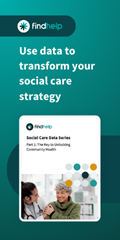


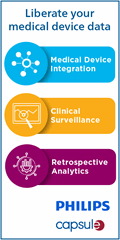

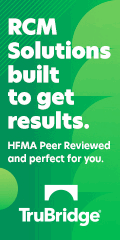





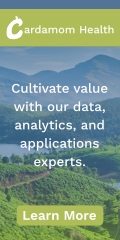


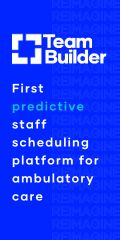
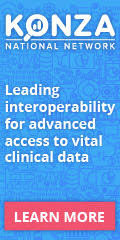
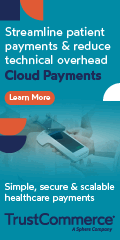






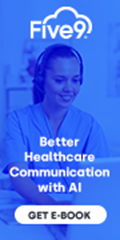



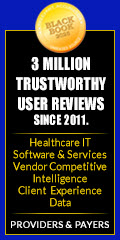
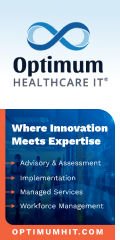

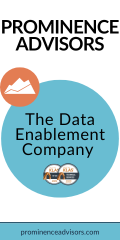
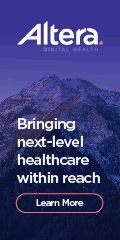


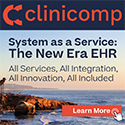

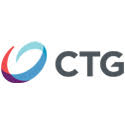



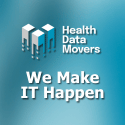
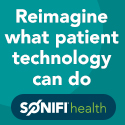
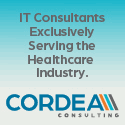
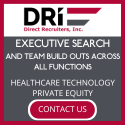


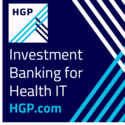
Would have liked to have seen more about Expanse here. Would like to see more about it on this site…